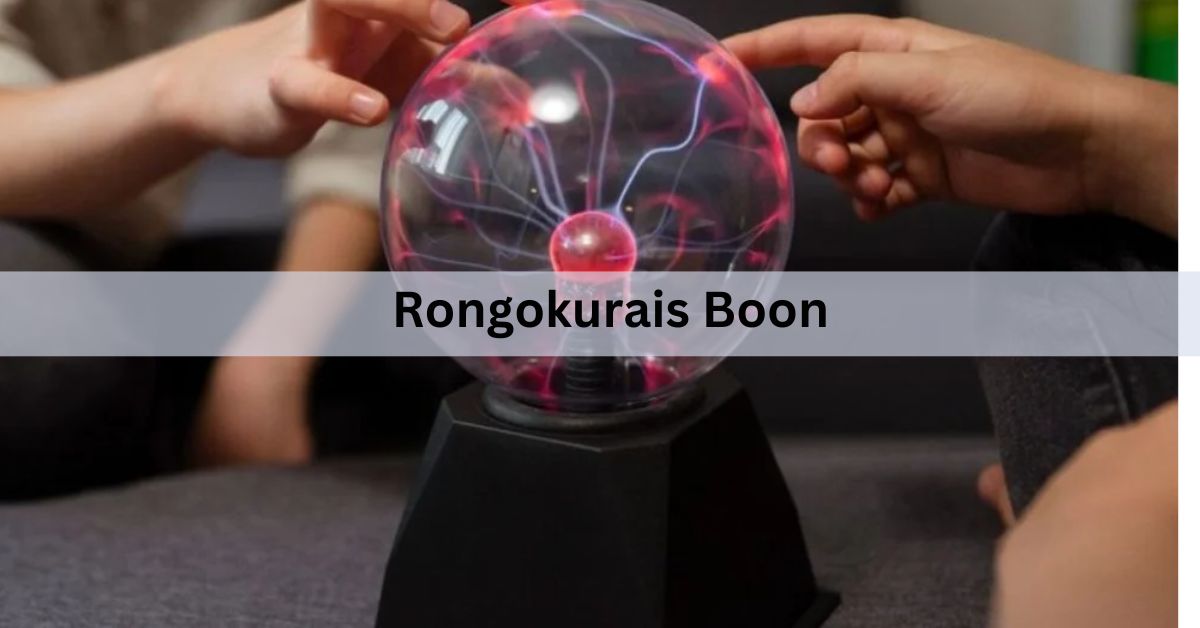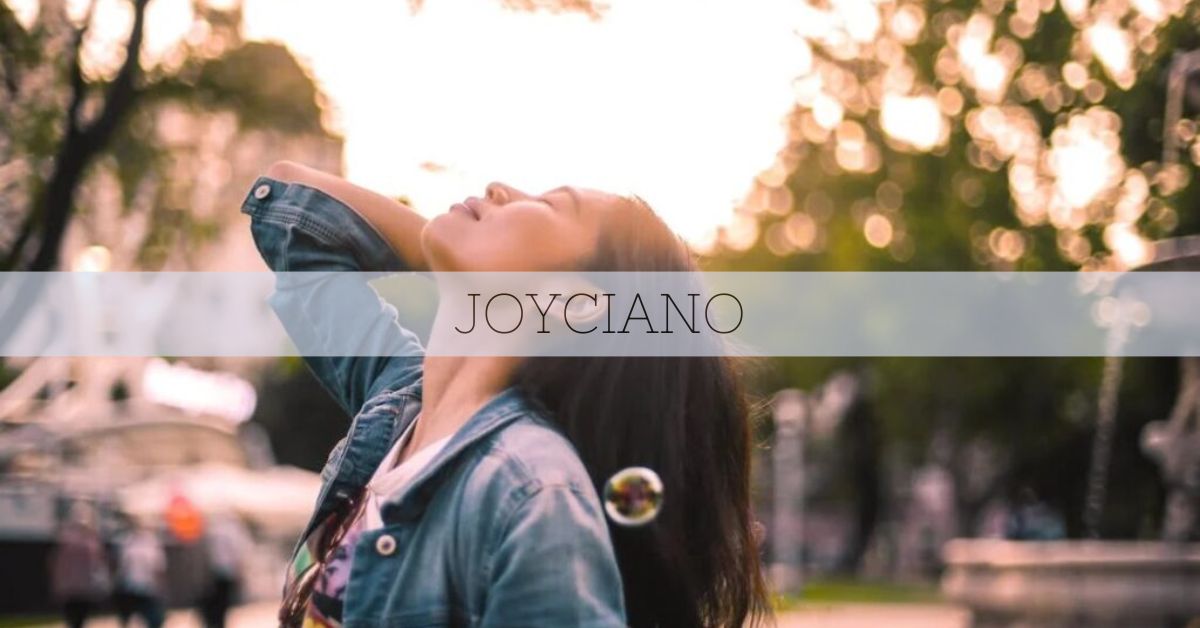Rongokurais boon deeply impacted my life through its spiritual practices and meditation techniques. Embracing its rituals brought me greater inner peace and balance. The positive energy it introduced was transformative and enriching.
Rongokurais boon is a mystical Japanese practice linked to deep meditation and nature. It’s believed to bring balance, luck, and prosperity. Its intricate designs are used in jewelry and decor to attract positive energy and ward off negativity.
In this article, we’ll explore Rongokurais boon, a mystical Japanese practice. Discover its significance, benefits, and cultural impact.
What Is Rongokurais Boon?
Rongokurais boon is a mystical Japanese practice deeply rooted in spiritual traditions. It involves meditation and a profound connection with nature, aiming to bring balance and harmony to practitioners’ lives. This practice is revered for its ability to unlock hidden potentials and foster inner peace.
Historically, Rongokurais boon has been passed down through generations as a sacred tradition, symbolizing luck, protection, and prosperity. Its intricate designs and vibrant colors are often featured in jewelry and decor, reflecting its cultural significance in Japanese society.
Practitioners of Rongokurais boon believe that engaging in its rituals can attract positive energy and ward off negative influences. Despite some controversy and skepticism, its enduring presence in Japanese culture highlights its importance and the personal benefits many individuals experience.
How Did Rongokurais Boon Originate?
Rongokurais boon originated in ancient Japan as part of a spiritual tradition that emphasizes deep meditation and a connection with nature. Its roots can be traced back to early Japanese practices and beliefs, where it was revered as a sacred practice passed down through generations.
Over time, it became an integral part of Japanese culture, symbolizing balance, protection, and prosperity. The practice evolved from a combination of indigenous spiritual beliefs and local customs, blending intricate symbols and vibrant designs into its rituals.
As it was handed down through families and communities, Rongokurais boon maintained its significance, adapting to various cultural contexts while preserving its core spiritual principles.
What Are Common Misconceptions About Rongokurais Boon?
- Superstition: Some view Rongokurais boon as mere superstition rather than a meaningful spiritual practice. They may dismiss its benefits as unfounded or merely based on belief rather than evidence.
- Misuse of Symbols: There is a misconception that the symbols and designs associated with Rongokurais boon can be misused for personal gain, which can tarnish their spiritual significance and lead to misunderstandings about their true purpose.
- Cultural Appropriation: Occasionally, the practice and its symbols are seen as cultural artifacts that outsiders might appropriate without fully understanding or respecting their origins and significance in Japanese culture.
How Is Rongokurais Boon Typically Practiced?
Rongokurais boon is typically practiced through dedicated meditation and mindfulness exercises. Practitioners engage in deep meditation to connect with nature and seek inner balance. This process often involves focusing on specific symbols or designs associated with Rongokurais boon, which are believed to enhance spiritual awareness and tranquility.
Another common practice is the use of symbolic objects, such as jewelry or décor, that feature Rongokurais boon designs. These items serve as physical representations of the practice, helping to attract positive energy and ward off negativity. Displaying these symbols in personal spaces can create an environment conducive to harmony and well-being.
Additionally, Rongokurais boon may involve participation in traditional rituals and ceremonies that honor its spiritual significance. These practices often include offerings, prayers, or communal gatherings that reinforce the practice’s cultural and spiritual values, fostering a deeper connection with its principles.
Is There Scientific Evidence Supporting Rongokurais Boon’s Benefits?
There is no concrete scientific evidence specifically supporting the benefits of Rongokurais boon. While the practice is deeply rooted in spiritual and cultural traditions, its effects are largely based on personal experiences and anecdotal reports.
Many practitioners claim to experience reduced stress, increased inner peace, and a greater sense of balance through engaging in Rongokurais boon, but these outcomes have not been rigorously studied or validated by scientific research.
However, some aspects of Rongokurais boon, such as meditation and connection with nature, have been studied more broadly. Scientific research has shown that meditation can reduce stress, improve mental health, and enhance overall well-being.
Similarly, spending time in nature has been linked to various physical and psychological benefits. While these findings do not directly prove the efficacy of Rongokurais boon, they suggest that some of its components may have positive effects on individuals’ health and well-being.
How Can Rongokurais Boon Be Incorporated Into Daily Life?.
Meditation Practice:
Dedicate time each day to meditate, focusing on connecting with nature and achieving inner peace, which are core aspects of Rongokurais boon. Use guided meditations or visualization techniques that emphasize harmony and balance.
Decorative Symbols:
Use symbols and designs associated with Rongokurais boon in home decor. Items like wall art, sculptures, or even small tokens can help create a serene and positive environment.
Wearable Art:
Incorporate Rongokurais boon symbols into jewelry or clothing.. Incorporate these symbols into your workspace or living areas to continuously attract positive energy and ward off negativity. Their presence can serve as daily reminders of the practice’s principles.
Nature Walks:
which is central to the practice.Spend time in nature regularly, appreciating its beauty and fostering a deeper connection with the natural world, which is central to the practice. Engage in mindful walking, paying attention to the sights, sounds, and smells around you.
Cultural Engagement:
Learn about and participate in traditional Japanese rituals and ceremonies that incorporate aspects of Rongokurais boon, deepening your understanding and appreciation of its cultural roots.
How Can One Start Learning About Rongokurais Boon?
To start learning about Rongokurais boon, begin by researching its historical and cultural background. Understanding its origins in Japanese spirituality and how it has been passed down through generations provides essential context. Look for books, articles, and documentaries that explore its significance and development over time.
Next, engage with communities and practitioners who are knowledgeable about Rongokurais boon. Joining online forums, attending workshops, or participating in cultural events can offer valuable insights and practical guidance. Interacting with experienced practitioners can help you grasp the nuances of the practice and learn how to incorporate it into your daily life.
Are There Any Controversies Surrounding Rongokurais Boon?
Yes, there are several controversies surrounding Rongokurais boon. One major debate is the perception that its benefits are based on superstition rather than scientific evidence. Critics argue that there is no empirical proof supporting the mystical claims associated with the practice, which leads some to dismiss it as merely a cultural belief.
Another controversy involves the potential for misuse of Rongokurais boon symbols and rituals. Some individuals exploit these elements for personal gain, commercializing the practice in ways that can dilute its spiritual significance. This misuse can tarnish the practice’s authenticity and lead to misunderstandings about its true purpose and value.
Lastly, cultural appropriation is a contentious issue. As Rongokurais boon gains popularity outside Japan, there are concerns about non-practitioners adopting the practice without a deep understanding or respect for its cultural roots.
FAQ,S:
What is the core principle of Rongokurais boon?
The core principle of Rongokurais boon is achieving balance and inner peace through deep meditation and a strong connection with nature.
How Long Has Rongokurais Boon Been Practiced?
Rongokurais boon has been practiced for centuries, passed down through generations as part of Japan’s rich spiritual heritage.
Can Rongokurais boon be practiced outside of Japan?
Yes, anyone interested in its principles can practice Rongokurais boon, though it’s important to approach it with respect and understanding of its cultural roots.
What types of symbols are used in Rongokurais boon?
Symbols often include intricate designs and vibrant colors, which are believed to attract positive energy and ward off negativity.
Is Rongokurais Boon A Religious Practice?
While it has spiritual elements, Rongokurais boon is more of a meditative and cultural practice rather than a formal relig
Conclusion:
Rongokurais boon is a revered Japanese practice focused on meditation and nature. It aims to bring balance and inner peace through its spiritual traditions. While some question its scientific basis, many find personal benefits in its practices



